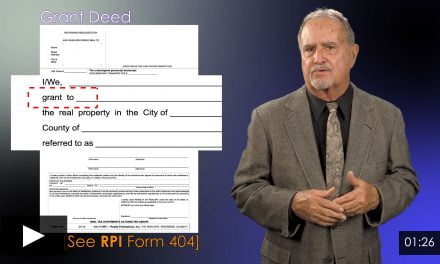Federal emergency rental assistance has been enacted for over six months now. However, a recent survey shows many landlords and tenants are still unaware of rental assistance.
A combined $46 billion in Emergency Rental Assistance (ERA) by the federal government has been allocated to assist households unable to pay rent or utilities. However, 40% of landlords and 57% of tenants are still unaware of this federal rental assistance, according to a May 2021 Urban Institute survey.
The share has improved for both landlords and tenants since February 2021 when 48% of landlords and 31% of tenants were aware of ERA. However, the latest survey shows a large information gap remains.
Of all the survey respondents, only 6% of landlords and 11% of tenants applied for federal ERA. Predictably, those who missed payments or lost income were more likely to apply. 7.4 million U.S. renters or 15% are estimated to be behind on rent as of July 5, 2021, according to the U.S. Census Bureau.
Of tenants who knew about ERA and have missed a rental payment, 55% applied for ERA. On the other hand, of the landlords who knew about the program and have experienced rental income losses, only 14% applied on behalf of their tenants.
Confusion is a main contributor of why so few landlords have applied for rental assistance; in some states, the landlord starts the application. In others, it’s the tenant who is to begin the application process. Generally, a landlord may apply for rental assistance on behalf of their tenants. However, there are cases where the tenant needs to apply.
Although landlords are more likely to know about rental assistance, 56% of landlords who lost rental income in the past three months were unsure about their eligibility.
Out of those who have applied for ERA, 40% of landlords have been approved and 33% of tenants have been approved so far.
Out of tenants aware of ERA but choosing not to apply, nearly half (46%) said it was because they were uncertain that they would receive the payment. Other reasons included difficulty with:
- understanding eligibility criteria;
- finding available rental assistance;
- communicating with landlords; and
- preparing and filing documents.
Landlords aware of ERA who chose not to apply cited similar obstacles, including not wanting to waive evictions, a requirement for receiving ERA funds.
The survey shows that more work needs to be done to educate landlords and tenants about rental assistance. Application information also needs to be clearer to avoid confusion.
The ERA era of errors
Despite funds being available for emergency rental assistance, getting money into the hands of those who need it has been a challenge.
A recent report from the Housing Initiative at Penn finds that since California’s rental relief program was enacted in March through June 2021, the program has distributed only 10% of its funds. 57% of tenants had trouble with the application, including challenges with internet access, obtaining income documents and proof of lost income.
In making tenants aware of ERA, internet searching has been the most common form of information, followed by promotional advertisements and state-sponsored outreach through phone calls and letters. Some tenants also reported receiving information through their landlord, according to the Urban Institute.
California landlords with tenants who are delinquent on rent may be eligible to receive a full 100% reimbursement of missed payments when the tenant successfully applies to ERA. To apply, delinquent tenants need to visit: http://housingiskey.com or call 1-833-422-4255.
Real estate professionals, have your clients managed to apply for emergency rental assistance in your area? How has their experience been? Share your experience with other readers in the comments below.
Related article:
Rental Housing Recovery Act extends eviction moratorium through end of September 2021


















